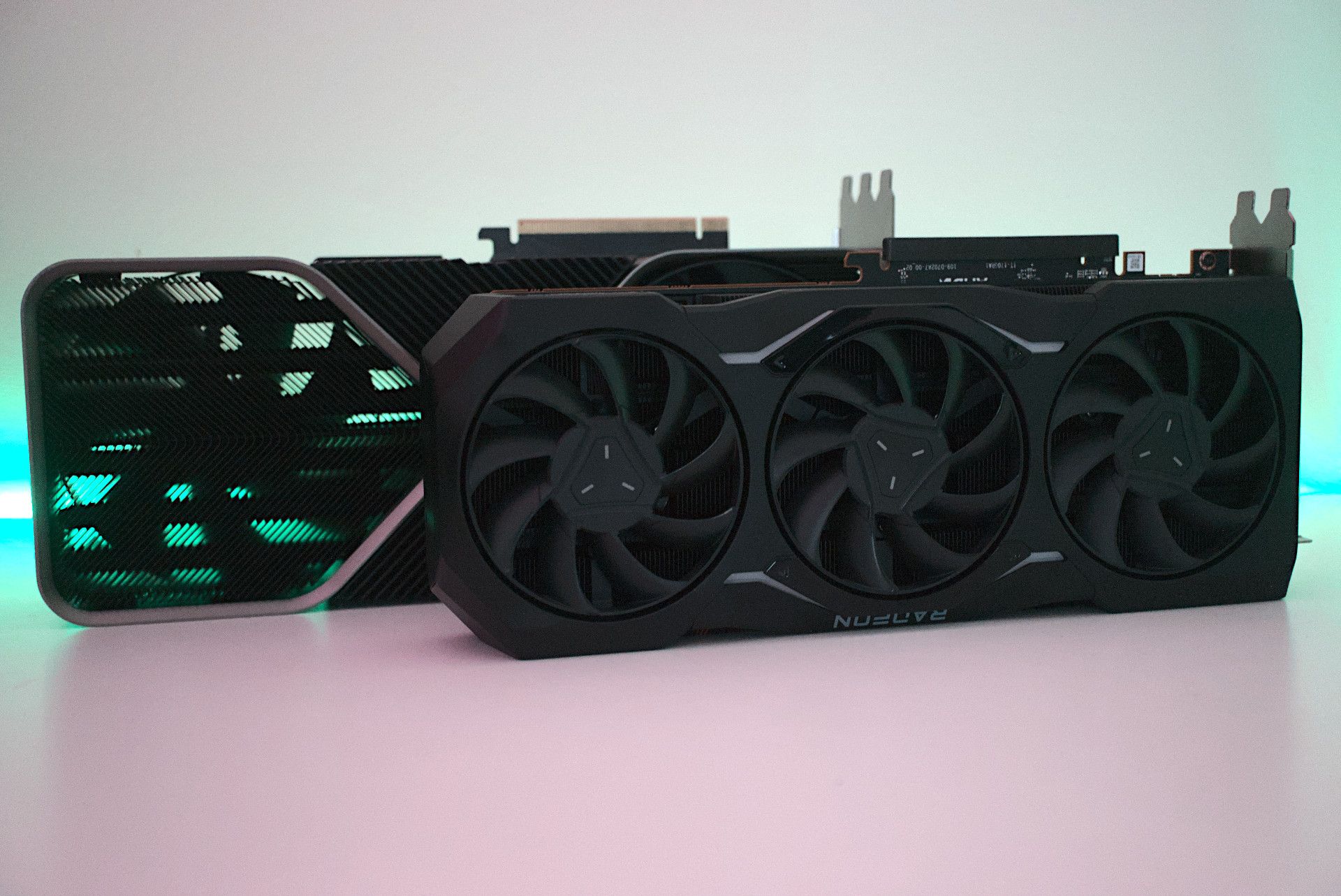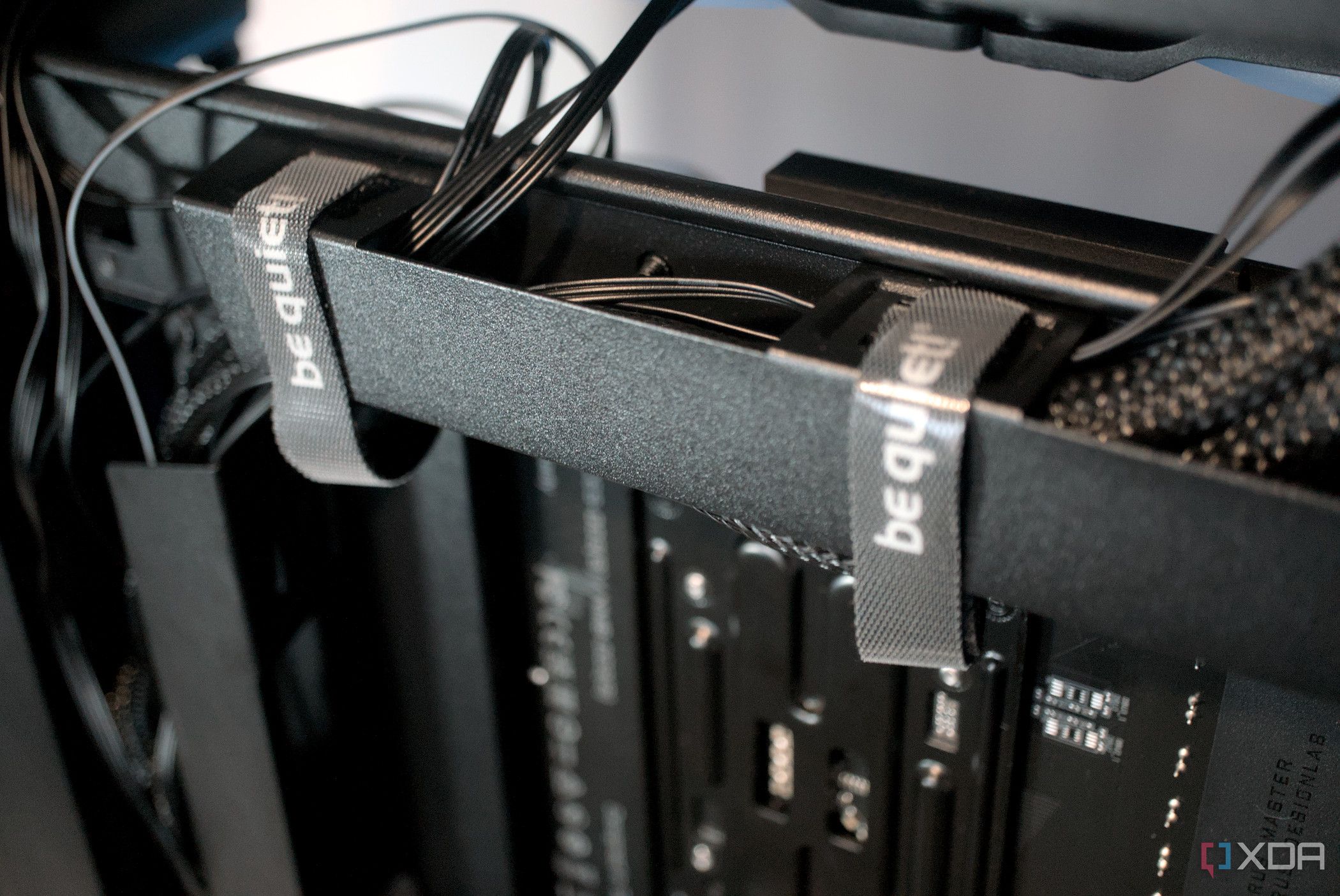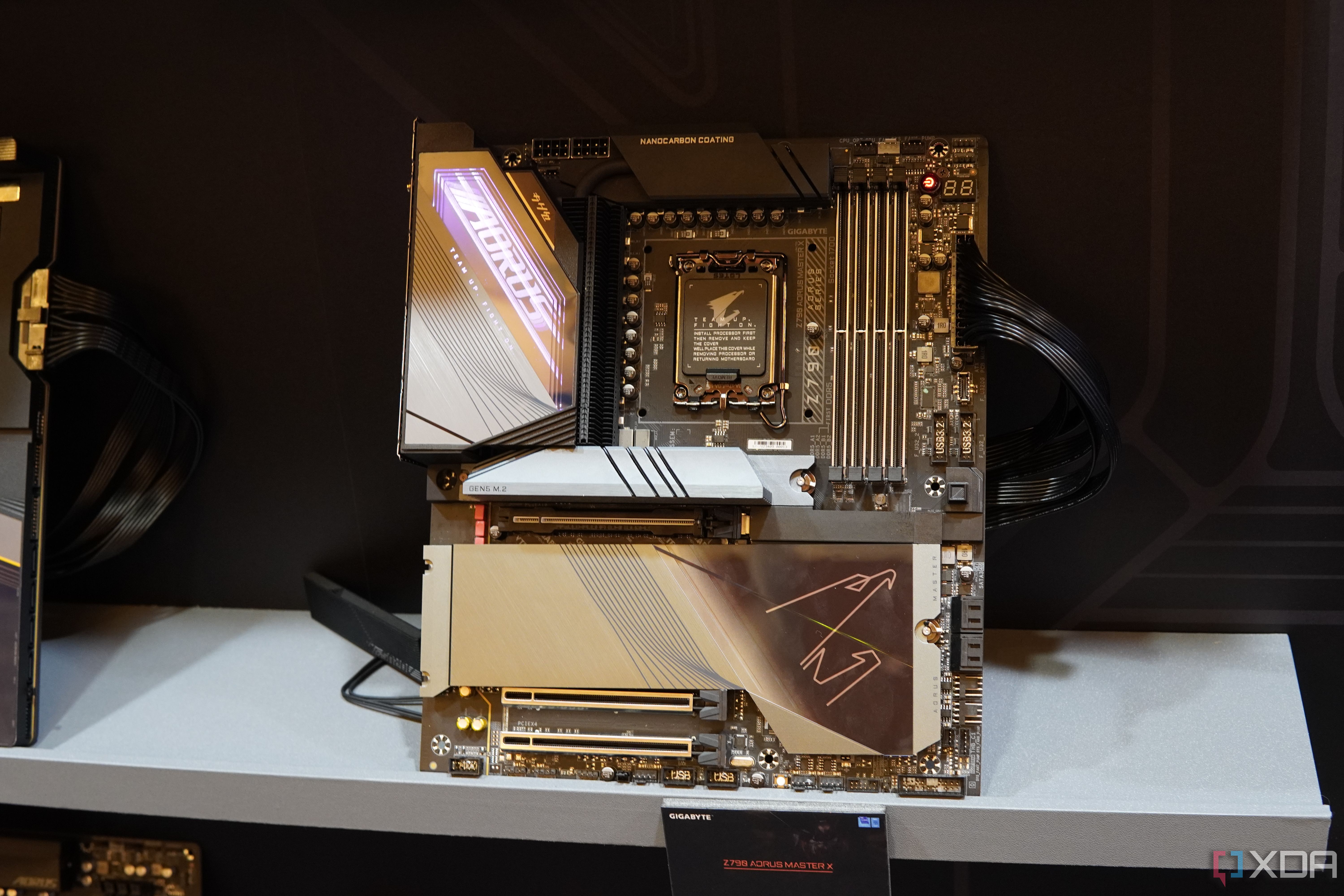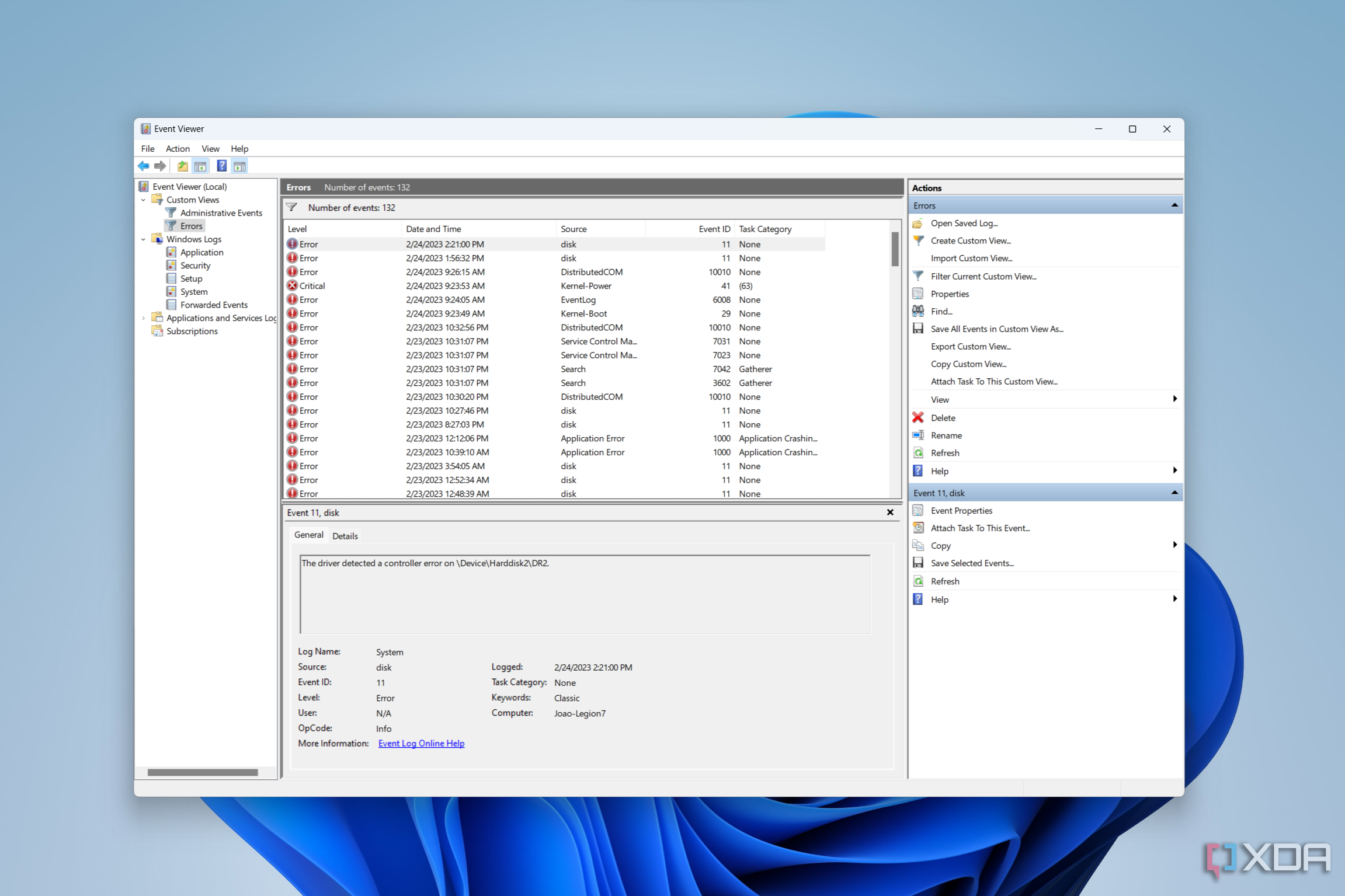Key Takeaways
- Researching and choosing the best PC components can be time-consuming and overwhelming, requiring you to stay up-to-date with the latest releases and scouring various sources for information.
- Balancing aesthetics and performance can be challenging, with limited component availability leading to potential compromises.
- Price hikes and the scarcity of high-end GPU models make it difficult and expensive to build a gaming PC with top-of-the-line components.
PC building gives me immense joy, no matter how often I do it. The anticipation of buying new parts and the trepidation right before the first boot never gets old. But lately, something has been gnawing at me: the sad realization that the whole process of building enthusiast rigs has become too exhausting. Even after years of putting together gaming and workstation builds, there are innumerable things that I need to get right every single time, and it has started to take its toll.
If you’re new to gaming PCs, either having transitioned from consoles or simply looking for a pre-built gaming PC, you might not see the problem yet. But seasoned builders would probably agree with me that the compulsion to perfect every single build is mentally and physically draining. In general, the whole hobby and process has gotten too demanding for most people.
1 The research takes too damn long
Better safe than sorry
The journey to a satisfying high-end build begins with an idea, followed by intense research to arrive at the specific components you need. Anybody with a budget knows that you need to zero in on the best parts for that budget. While this might not be the most time-consuming thing in the world, choosing the best gaming CPU, for example, can get tricky if I start thinking too much about the different platform costs and features like AMD’s 3D V-Cache, while also trying to weigh it between two or three CPUs.
I’ve been indecisive for days before, unable to decide whether the new Intel Core i9-14900K is worth it over the previous-gen SKU or whether I need a 14900K or a Ryzen 9 7950X for a specific build. The speed with which newer PC components are evolving requires one to stay on top of every single phenomenon, positive or negative, and this is true even if you’ve been building for years.
Making things more difficult is that this information isn’t always readily available. I need to scour never-ending Reddit conversations, consume multiple reviews on YouTube, and speak to friends in the community to get the full picture of a newly released component. And this isn’t limited to CPUs and GPUs either. Stability issues between a motherboard and a certain DDR5 kit, peculiar quirks when building in a particular case, or overlooked problems with a power supply are all issues that could crop up and ruin a prospective build.
2 Balancing aesthetics and performance
Looks are important, but how much?
My final component list isn’t complete without additional hiccups around a desired theme. Sometimes, I can’t get my hands on any of the best white GPUs because everything is out of stock or costing twice as much as it should. In other cases, the PC case I’ve picked doesn’t look good enough with the motherboard I’m targeting — getting good white motherboards is a whole other ball game.
This often leads to compromises, like having to forgo an all-white build for a black-and-white theme. Even then, I can run into secondary issues, such as the availability of the right vertical GPU mount or not being able to match my case fans with my AIO radiator fans. The right cable extensions can make or break the look of any enthusiast build, especially if you’re tied to a very specific theme. The annoying realities of PC building, like having to stare at the ugly rear end of case fans, further complicate the entire process if you can’t get reversible case fans.
3 Prices have become ridiculous
RTX 4090 at MSRP? Keep dreaming

After the dark ages of 2020-2022, there came a brief time when GPU prices became somewhat reasonable. Then they, once again, descended into utter hopelessness, especially at the high end. If you’re thinking of building an RTX 4090 gaming PC, good luck finding one in stock. Even if you do, it’s unlikely to be selling for anywhere around $1,600. The best-case scenario would be scoring one for around $2,000 or even more.
Worst of all, reports say that Nivida has all but halted production on the RTX 4090 and even the RTX 4080 due to changing export laws and the upcoming RTX 40 Super series cards. If you’re fine with going for the RTX 4080, prices have remained steady around the $1,100-$1,200 mark, which is still too much, in my opinion. For now, you’re better off looking for deals on cards like the RTX 4070 Ti, RTX 4070, RX 7900 XTX, and RX 7900 XT.
4 I’m never satisfied with cable management and airflow
There’s always something missing

Cable management used to be a bonus for a neat and great-looking build, but nowadays, it’s a way to differentiate your build from the rest. Even if I use an excellent gaming PC case with ample cable management features, I’m never satisfied with the end result. With the number of individual cables you need to route increasing with every build, the process takes much more time than it should.
A similar dissatisfaction accompanies airflow management. You can always set up your case fans just right in order to optimize airflow, but in many of my builds, I’ve never been able to achieve the right balance of airflow, temperatures, and looks. Either I’m left with a sub-optimal design when targeting positive or negative pressure, or end up with less-than-ideal cooling for one or more areas.
5 Squeezing every bit of performance out is stressful
Overclocking, RAM timings, custom loops

Even if you’ve finished component selection, aesthetics, and cable management, you’re still not done. In fact, for somebody looking to increase performance to the hilt, the process has just begun. If I’ve spent dozens of hours and thousands of dollars outfitting a PC with the best possible airflow and cooling hardware, I absolutely need to overclock the CPU to allow it to deliver on its promise. This inevitably takes hours of work, where I have to perfect the right settings, especially if I do it exclusively through the BIOS.
Tightening RAM timings is another arduous but necessary step, and if you aren’t using Ryzen Master to overclock your RAM, there’s no telling how many crashes and reboots it’ll take before you’re done. In many cases, I don’t even get that much more performance to make the process worth it, but it’s just something that I need to do on a high-end build to be able to sleep at night.
If I choose to water-cool my PC, that brings yet another layer of complexity to the build. Deciding on the waterblocks, tubes, and fittings is only the first phase of the job. The real deal is setting everything up perfectly while still remaining true to the theme. Basically, it’s getting harder not to get burned out building high-end PCs day in and day out.
6 Troubleshooting errors is a time sink
Outmaneuvering Windows takes a toll

Surprise, surprise; enjoying your fancy new build is rarely problem-free, even after everything is set up perfectly. Windows has a way of being one step ahead of you every time — either messing up your system with a new update or suddenly deciding that your installation is corrupt, no longer allowing you to boot. Troubleshooting has always been a necessary evil on PCs, but in recent years, I’ve found myself wrestling with corrupted Windows, conflicting software, and driver issues more often than not.
If this happens in the weeks and months just after a new build, all the excitement goes down the drain. And even if I’m fortunate enough to get Windows corruptions later, I’m left wondering if I should just stick with a gaming console instead of building the best gaming PC. Things got so bad on my RTX 3080 build that I put together a year ago that I had to schedule daily backups of my Windows partition just to be prepared if I was greeted with the dreaded black screen again.
The more complex the build, the more points of failure there are. Hardware issues aside, Windows errors are in a league of their own.
Enthusiast PC building: It takes a lot
Building high-end PCs, either for yourself or professionally, takes a lot out of you, from the research phase until you put the build together (and even after it). But when all is said and done, the fact that I’m still here building PCs regularly says a lot about the pleasure I derive from the process, no matter how challenging it can be. It would certainly help if it didn’t require a razor-sharp focus on every hardware release or tackling unexpected problems, but that doesn’t take away from the fact that I would probably keep building PCs and keep loving the process for years to come.
** (Disclaimer: This video content is intended for educational and informational purposes only) **
More...

